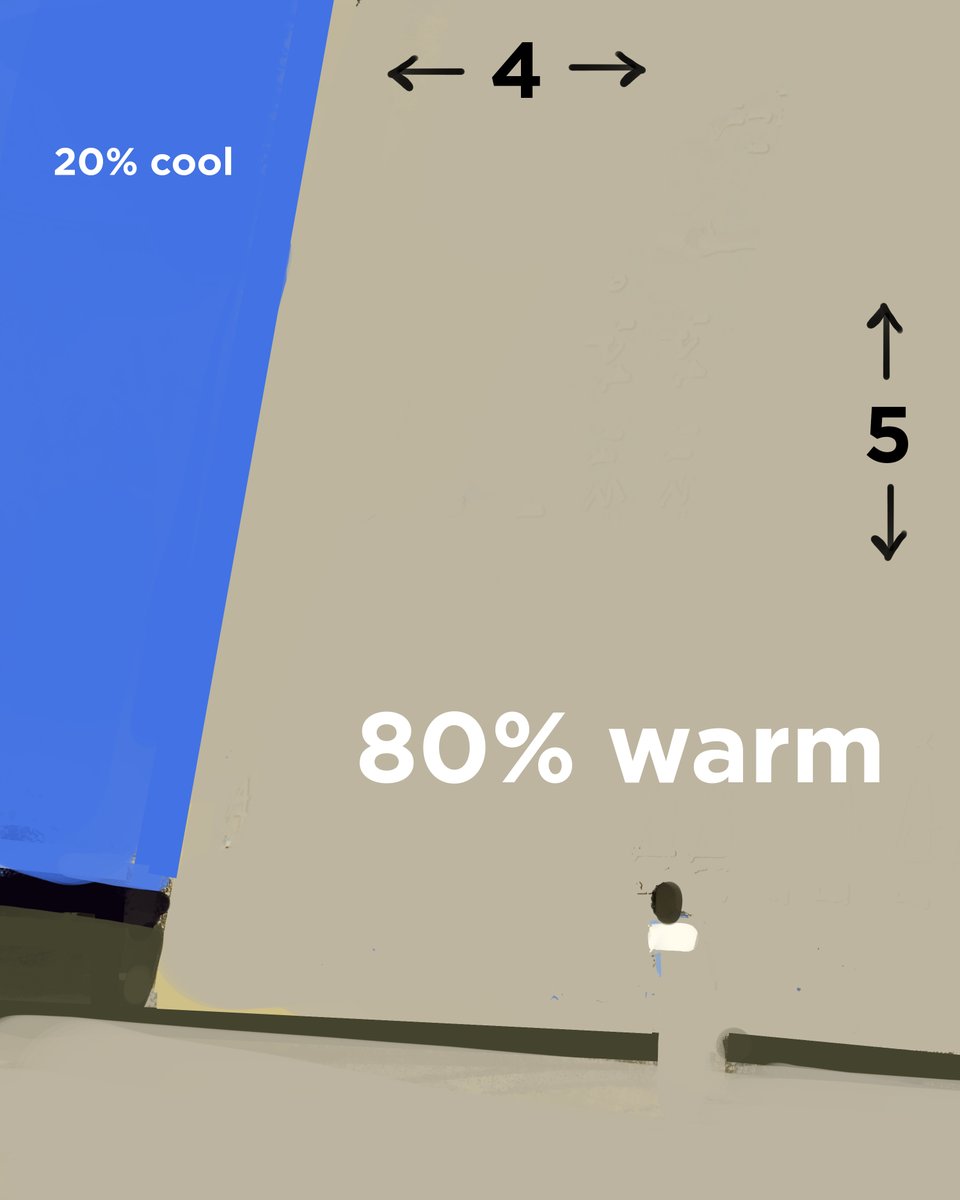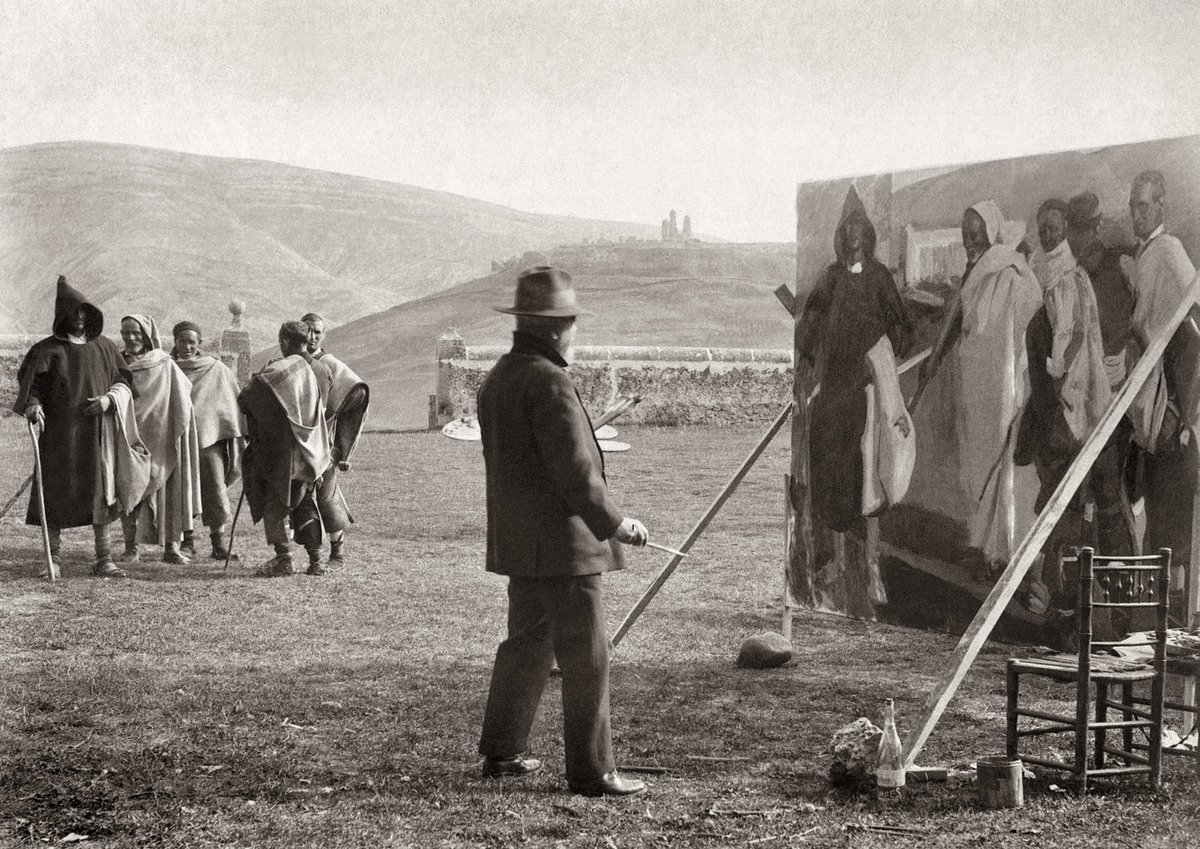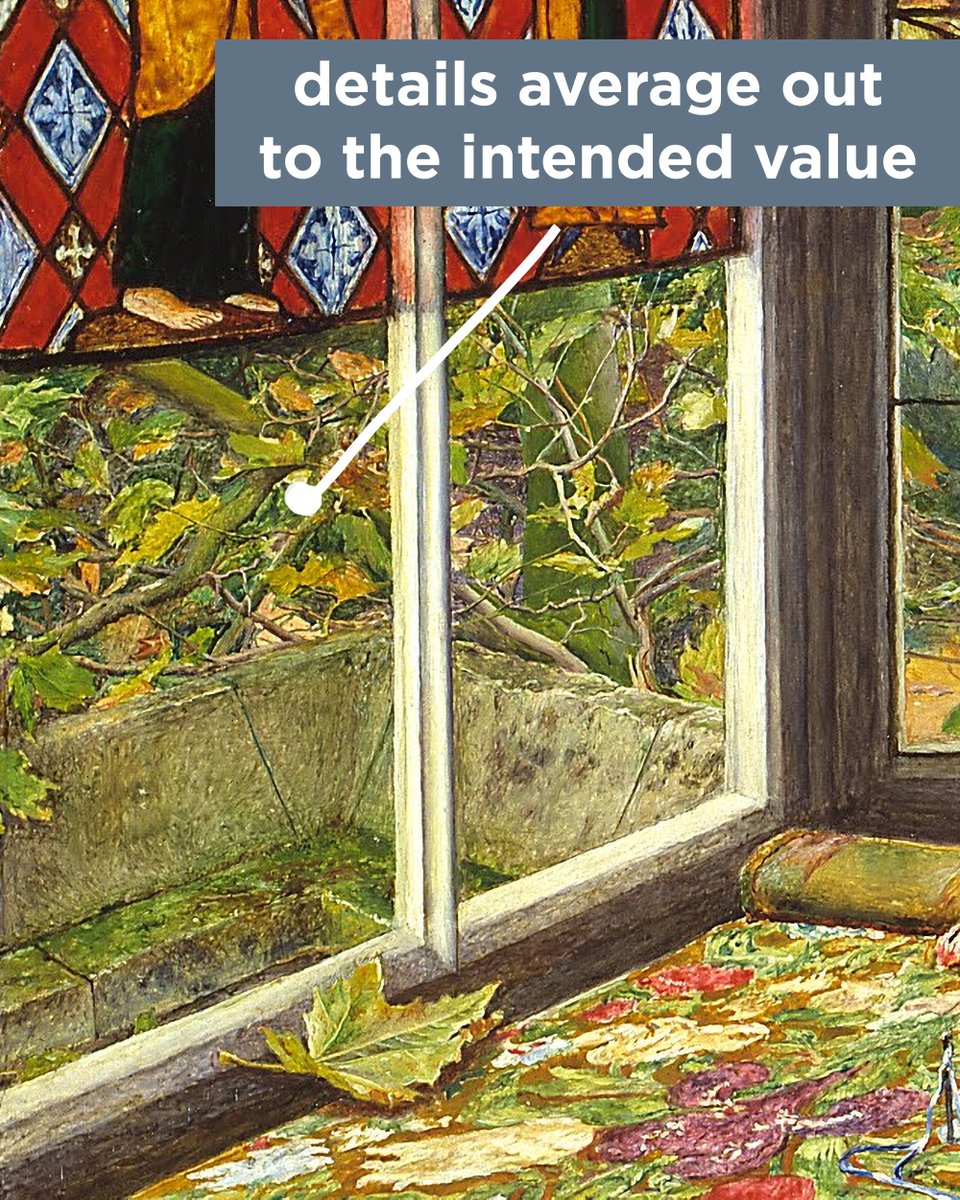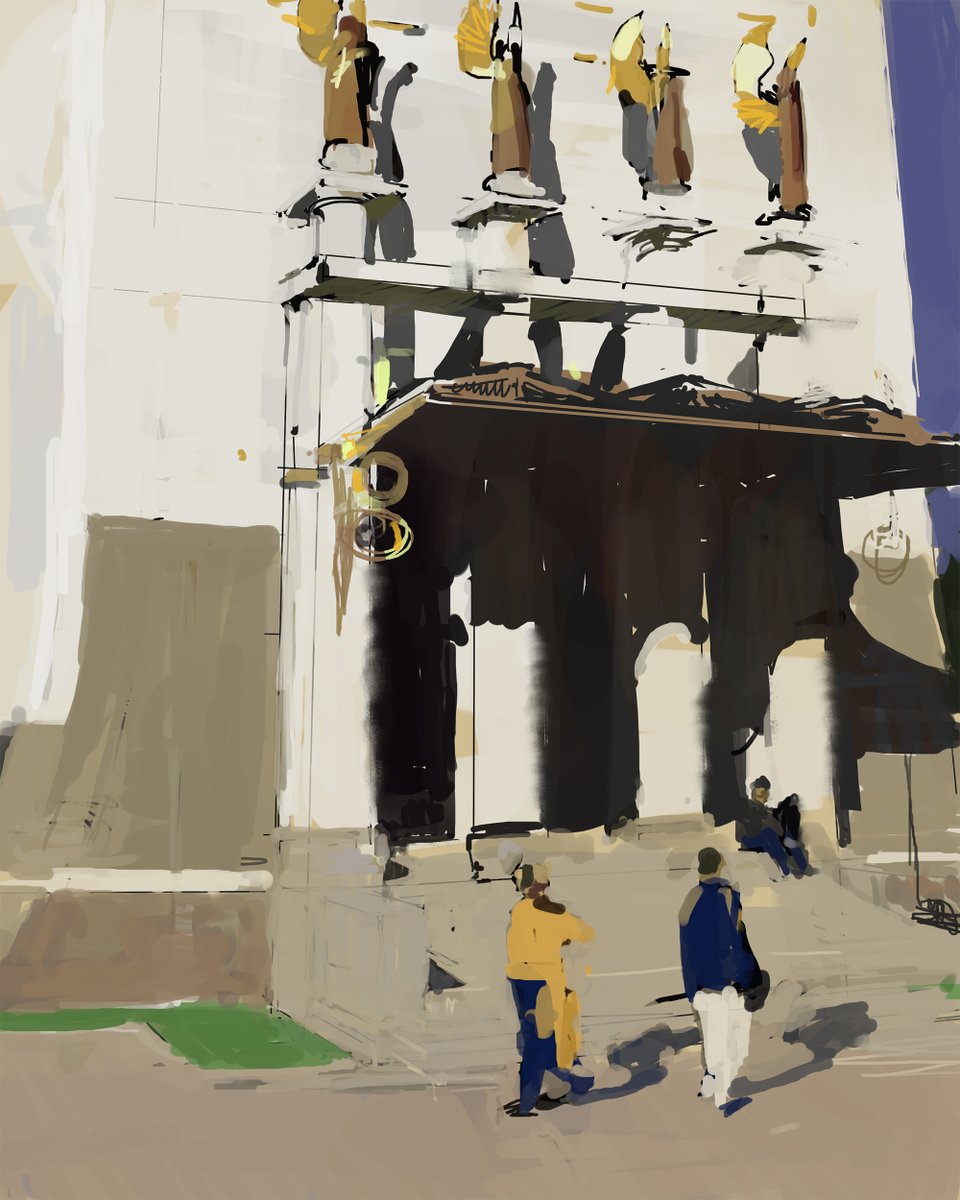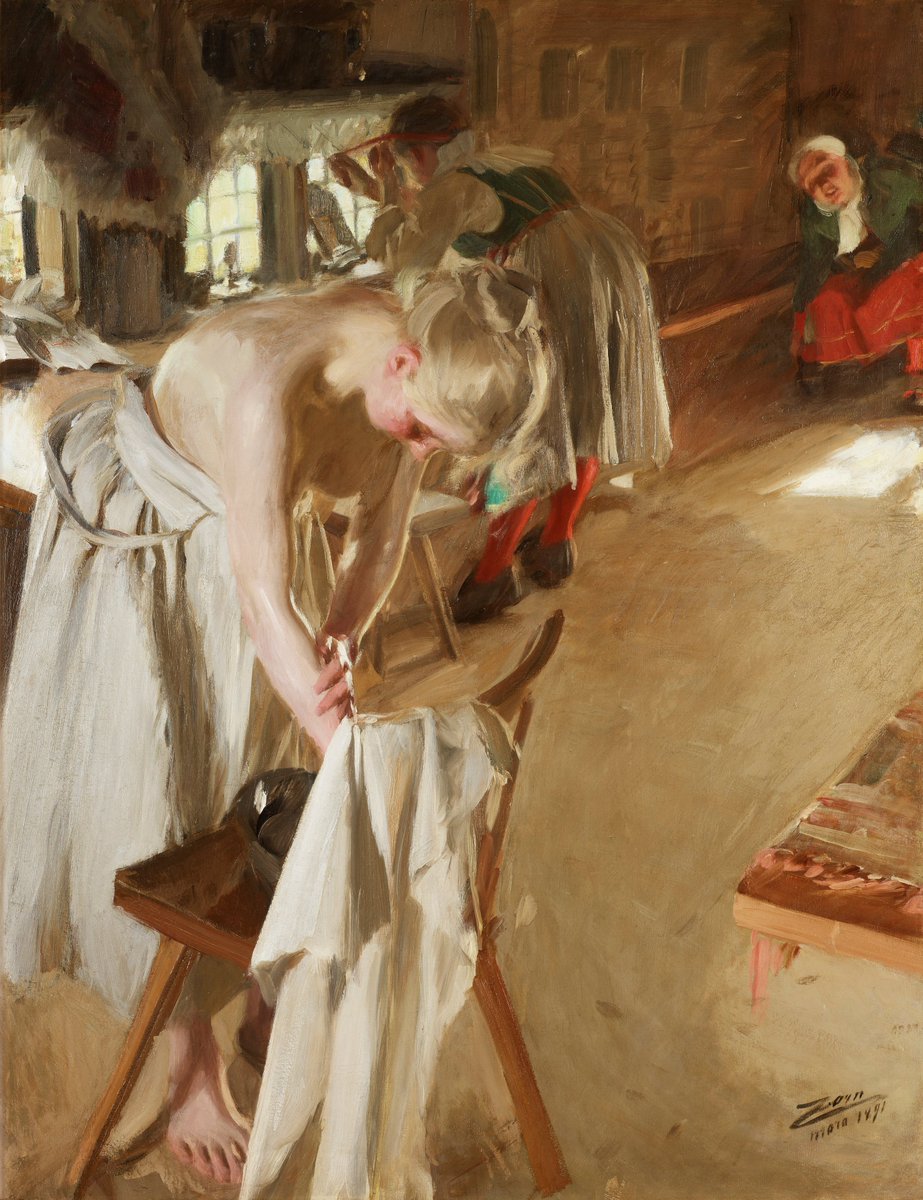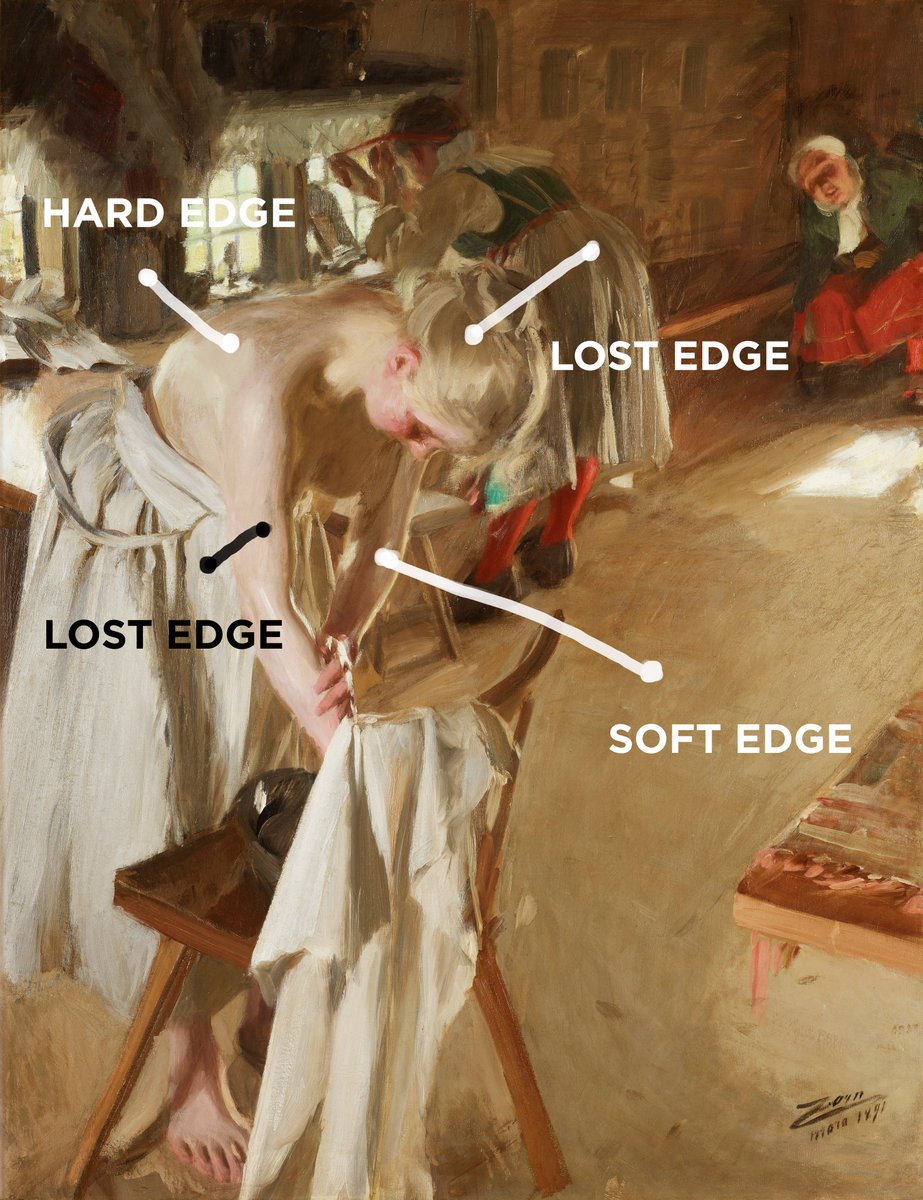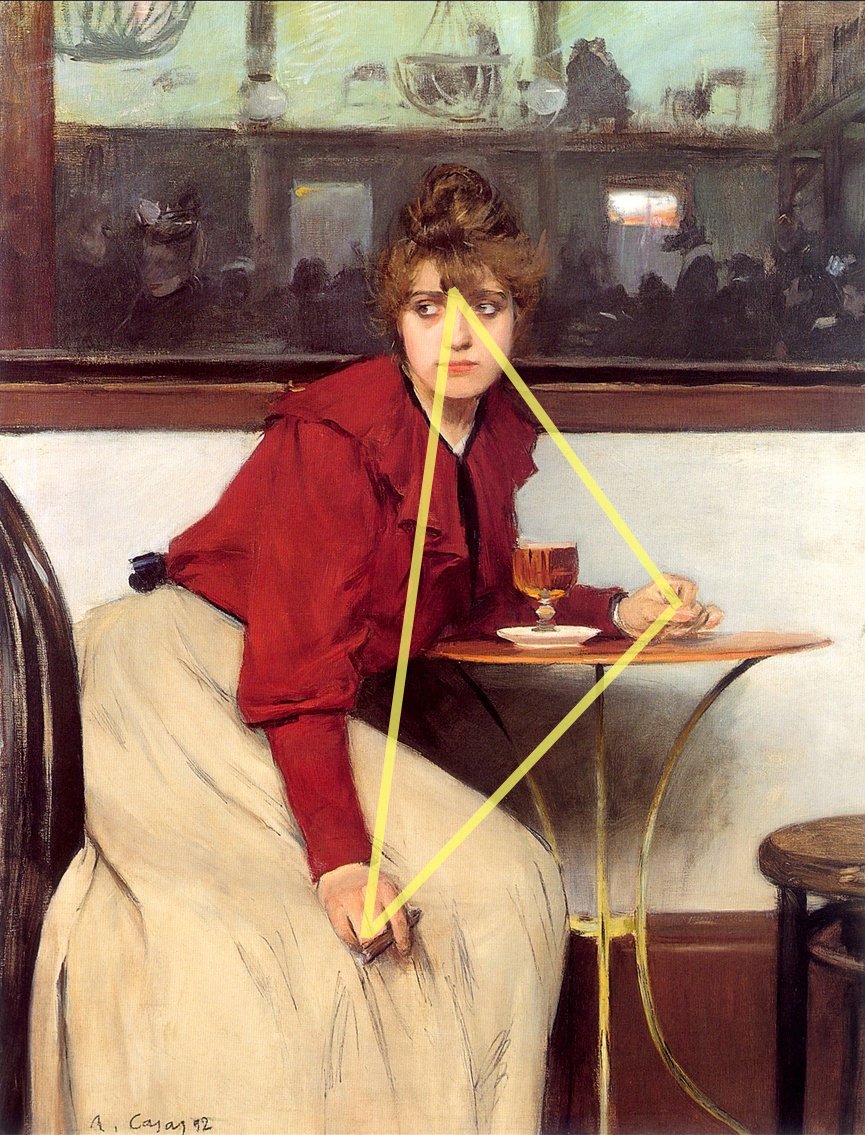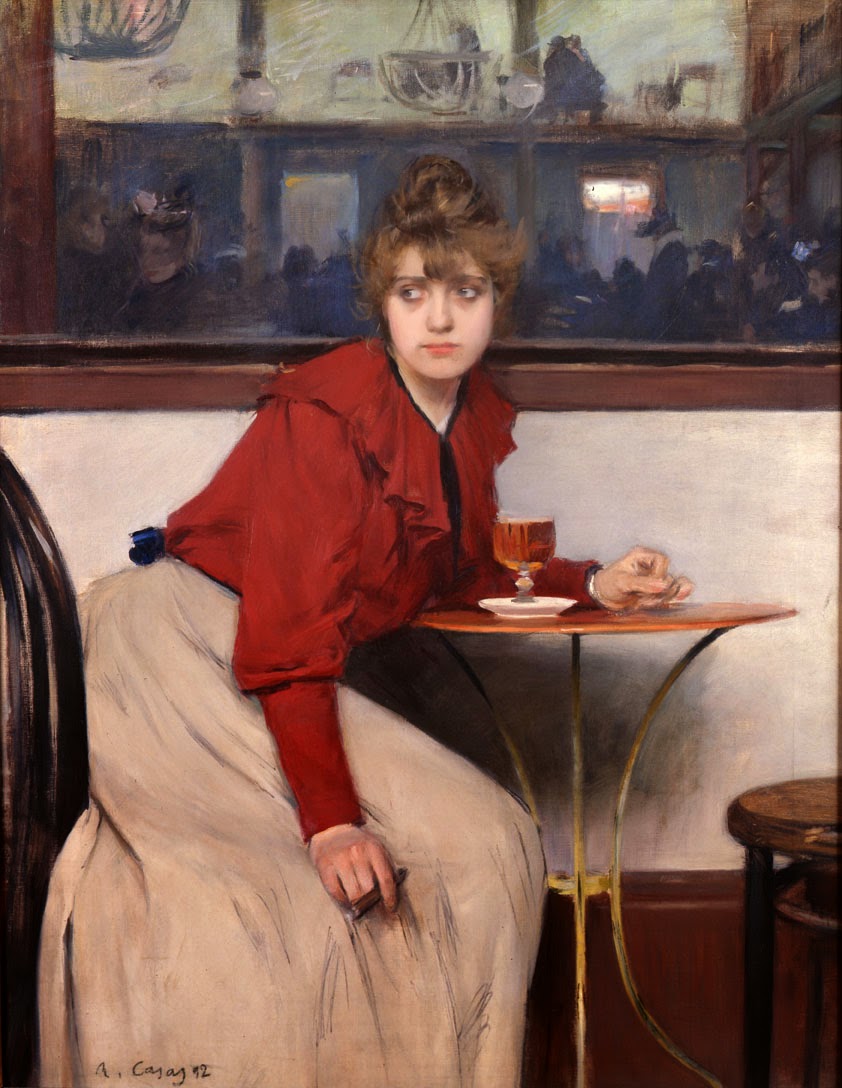Thread on values in painting!
What do values have to do with Oreo cookies and how are they the secret to good painting? John S. Sargent described it as the secret, and when I read that, halftones seemed like a minor consideration to me. I wasn't even exactly clear what they were!

What do values have to do with Oreo cookies and how are they the secret to good painting? John S. Sargent described it as the secret, and when I read that, halftones seemed like a minor consideration to me. I wasn't even exactly clear what they were!

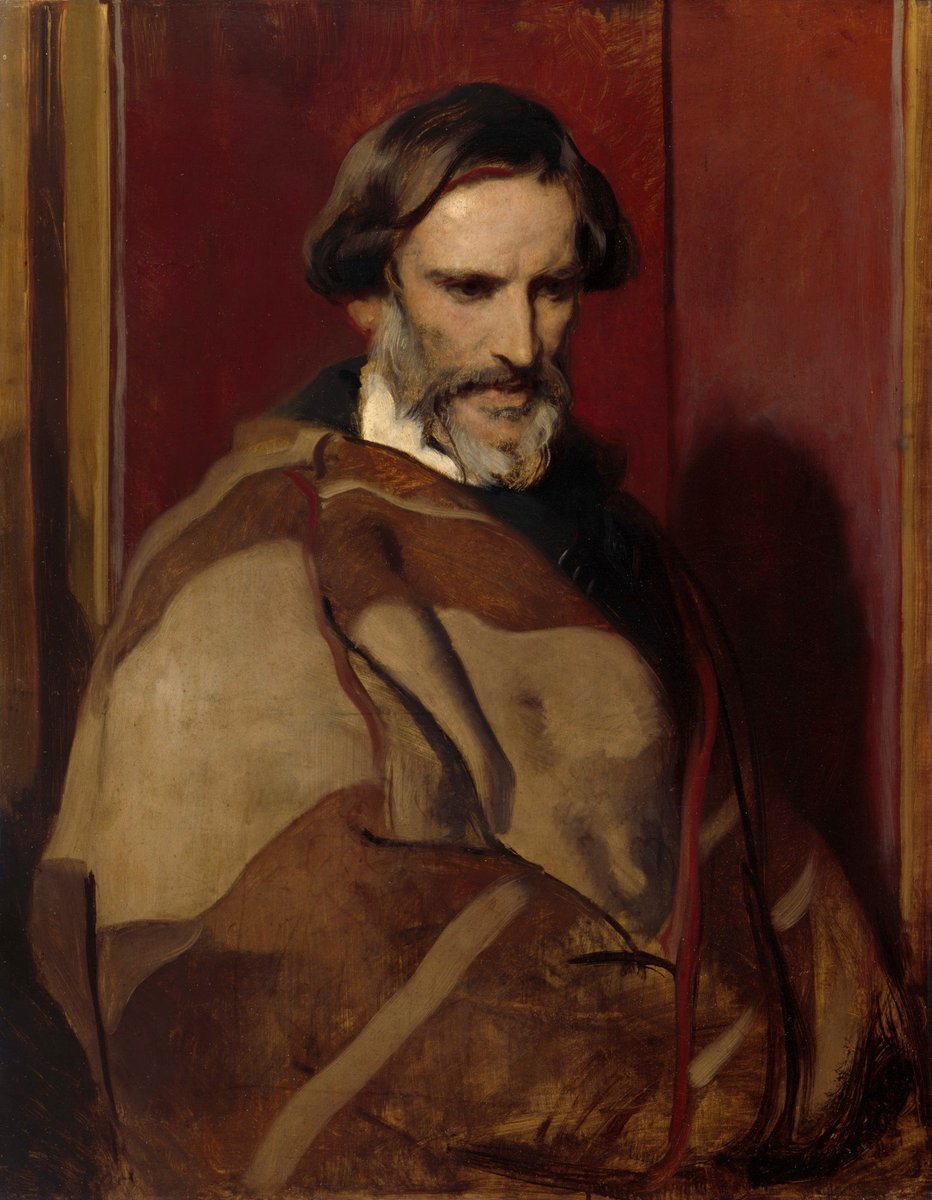
I thought they were simply transition areas between light and shadow and def. not the secret that I was looking for. A major breakthrough for me was when I started to consider halftones as the whole area hit by light, excluding the highlights. They are not part of the shadow! 
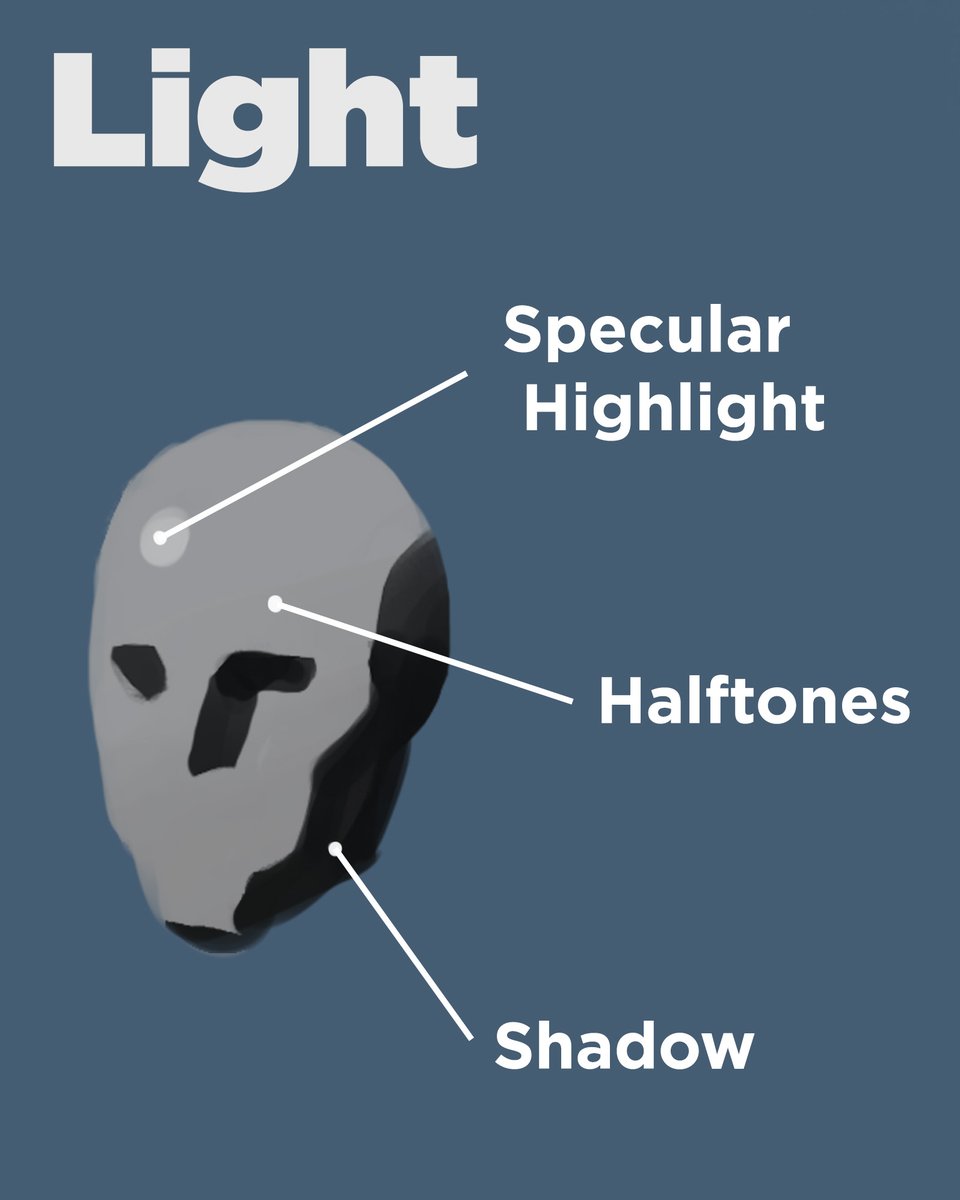
Shadows will use one value and be low in contrast. Once the flat shadows are in place, there is more room for information in the lights. There is a subtle gradient as the light falls down the form, but it is very subtle, or else it will start to compete with the shadow value. 

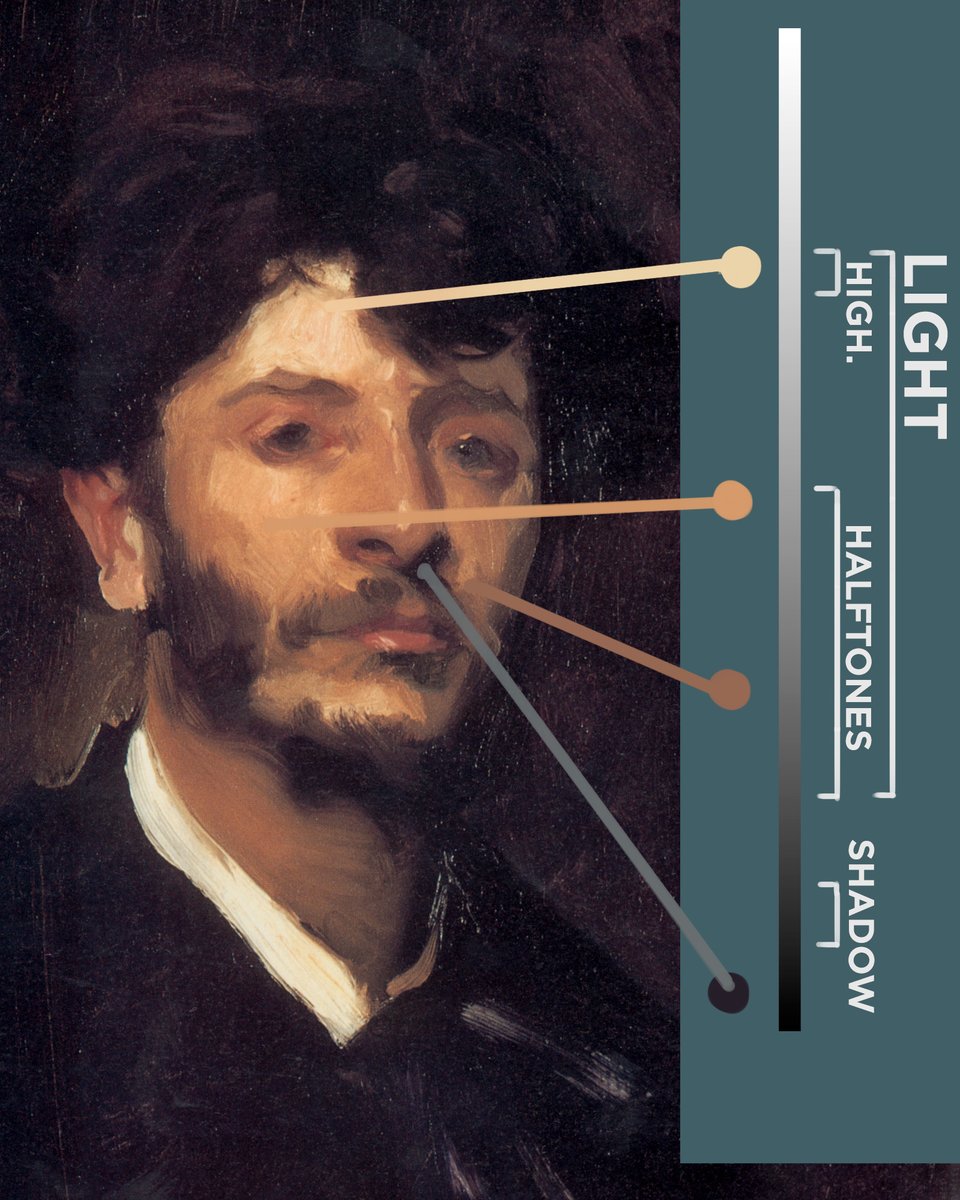
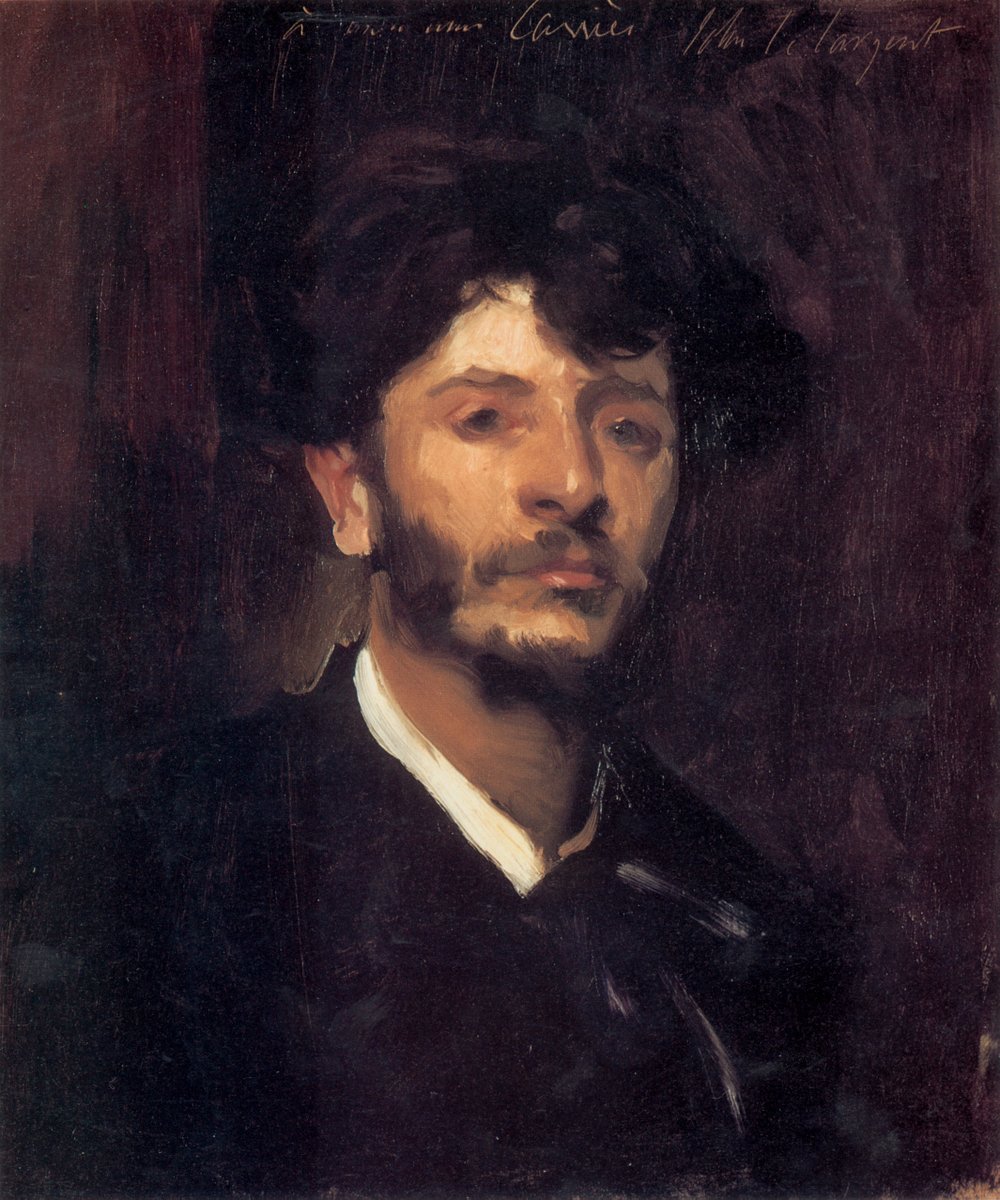
Using this principle, we can have one value for the shadow at the bottom of the scale (the bottom cookie), a very subtle gradient for the lights (the filling), and one value for the highlight (the top cookie). As long as these values are far enough apart, it will read as light! 

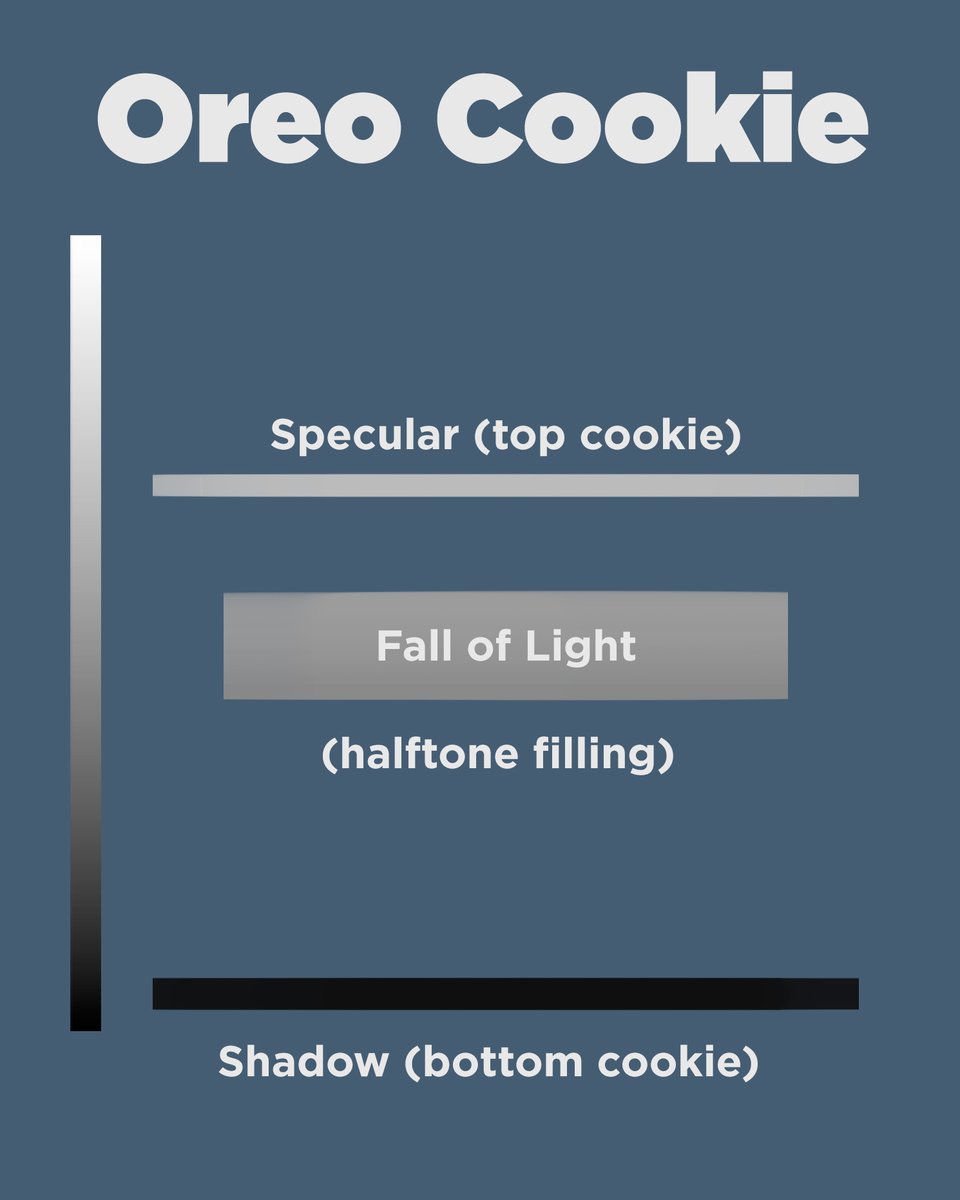

If the range of value in the halftones is too great, they start to become out of key, and the light over form is lost. If I had to give one piece of advice, it is to keep your values in areas of grouped values close together, and far apart from an area of a different value. 


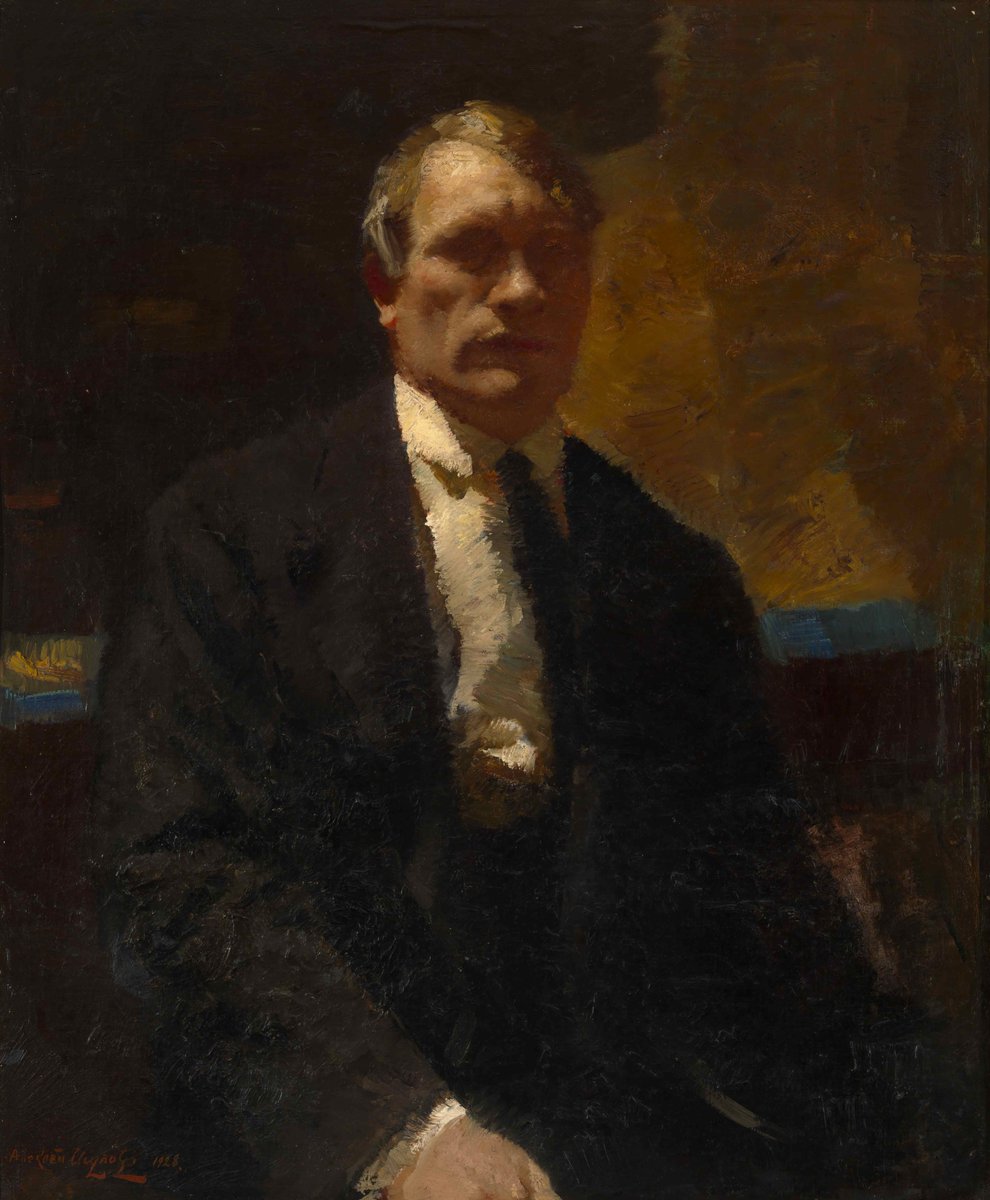
*Similar within, different between!* When the values are kept close, the subtle differences in the values read as planes. I believe this is what Sargent meant when he describes halftones as the secret to painting! 

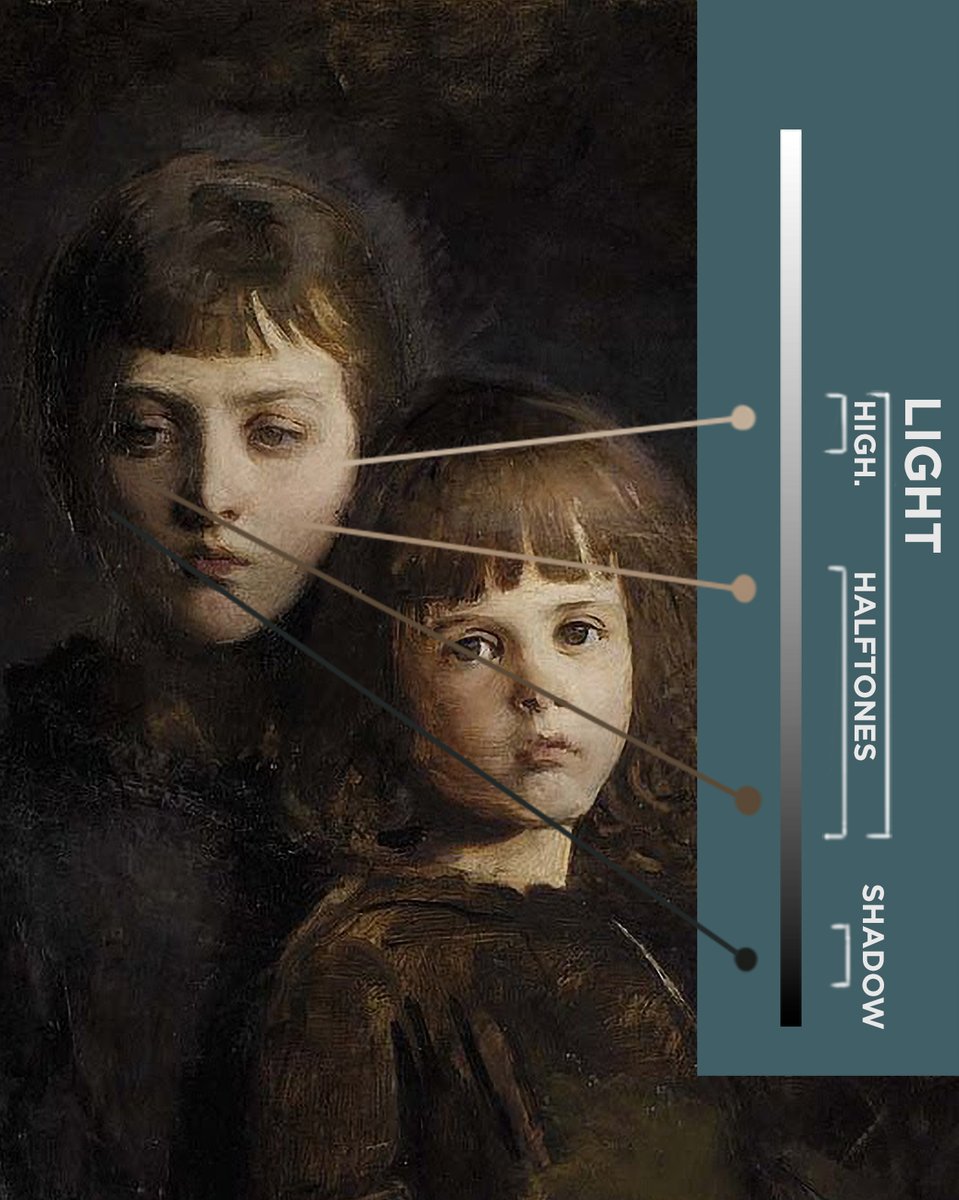
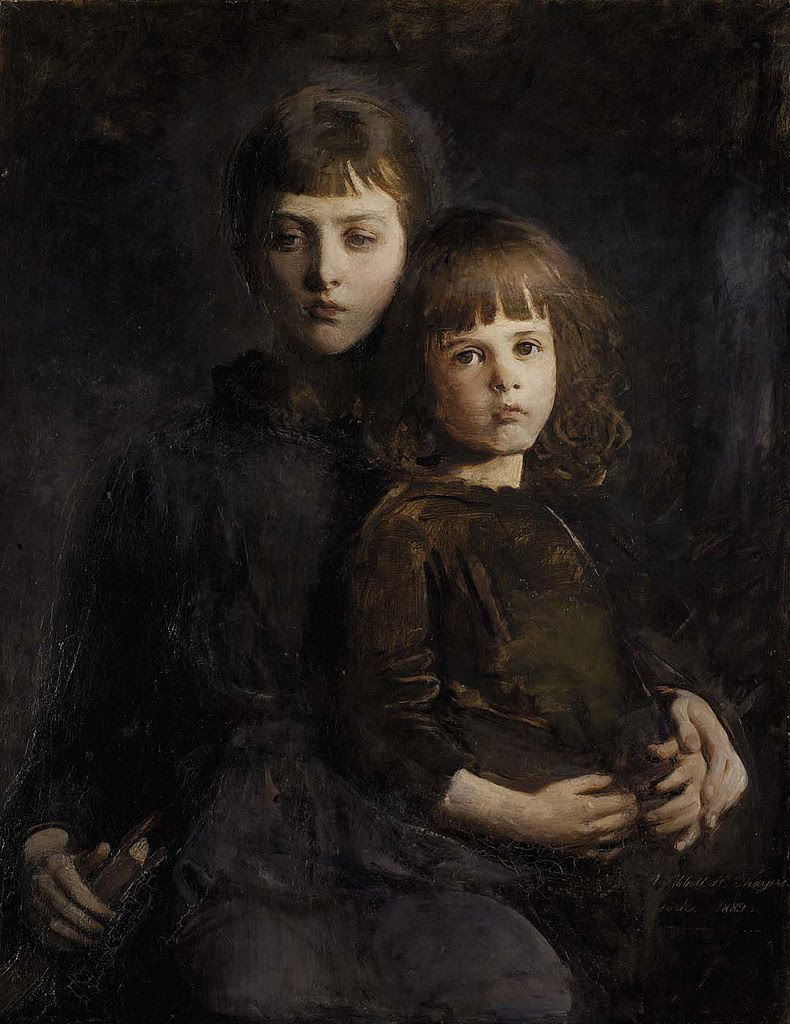
Now that the light and shadow are far apart, the shadow shapes and light shapes can be merged together and used to create a composition, as if you were using strips of construction paper. This leads into a discussion about exposure, and I'll do a thread on this in the future!
Artist credits: Edwin Landseer, John Singer Sargent, Alessio Issupoff, Abbot Handerson Thayer
• • •
Missing some Tweet in this thread? You can try to
force a refresh



